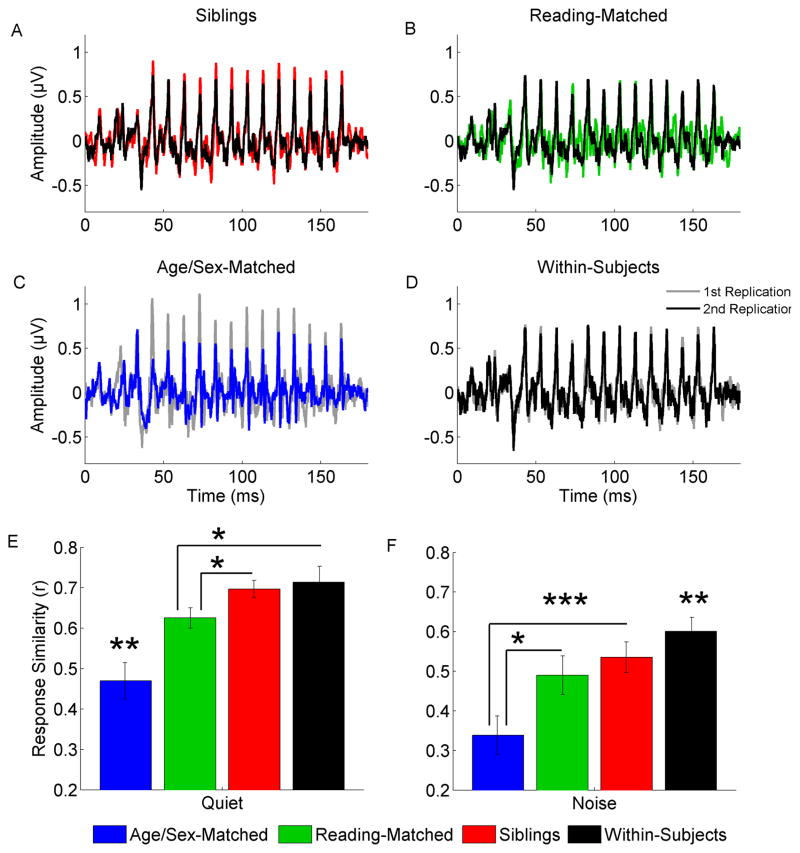Figure 1. Auditory brainstem responses to speech in quiet and background noise reflect influences of both siblingship and similar reading ability.
A–D. A set of representative response waveforms for responses to/da/in quiet. In panels A, B, and D, the response from an individual in the Sibling 1 group is represented in black along with (A) the response of his sibling in red, (B) the response of his reading-matched control in green, and (D) the replication of his own response in gray. In panel C, the two independent children of the same age and sex are represented in gray and blue. E. Intersubject-response correlations among age-and sex-matched children were significantly weaker than for all other comparisons for responses in quiet (p ≤ 0.01). The Sibling group had stronger response similarity than children matched on reading ability, IQ, age and sex (Reading-Matched; p < 0.05), and were not significantly different from the similarity of responses within an individual, reinforcing the influence of siblingship on auditory brainstem responses to speech. Because responses from the Reading-Matched group were more similar than responses from age-and sex-matched children, there is support that auditory brainstem response morphology varies with reading skill independent of shared genes and family environment. F. As noise is known to degrade the response, the overall strength of correlations dropped when compared to speech in quiet, but Reading-Matched and Siblings groups still had more similar responses than age-and sex-matched controls (p < 0.05 and p = 0.001, respectively). The Reading-Matched and Siblings groups no longer differed in response similarity. Within-Subjects response correlations were significantly stronger than all other comparisons (p ≤ 0.01) except for the Siblings comparison where the difference was trending (p < 0.08).

